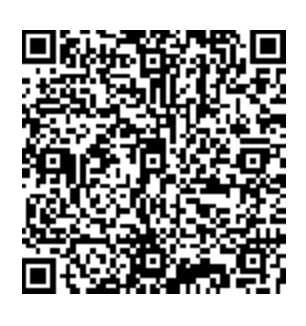The f-test is the ratio of two variances. The variances measure dispersion. If the values are large it means greater dispersion. Though it is a ratio of variances, f-tests can be used in different situations. This test can assess variances’ equality. By altering the variances included in a ratio, the f-test becomes very flexible. It is used to test the significance of a regression model, test the specific regression terms, compare the different models, and test the mean equality.
Validation of Chi-Square
The Chi-Square test is used in statistics when the following conditions are met that are stated in our f-test and Chi-Square assignment help online.
- The total number of frequencies should be over 50.
- Constraints available on cell frequencies must be linear.
- The sample observations are not dependent on one another. There is not any item, which should be twice included in a sample.
- The theoretical cell frequency must not be small. When the frequencies are small the value of x2 will be overestimated. Every theoretical frequency must be greater than 10, however, not less than one.
Assumptions of f-test
The assumptions in f-test are given in our F-test and Chi-Square assignment writing help as follows:
- The population should be normally distributed. Moreover, the samples should be independent events.
- The larger variance must be in the numerator for making the test a right-tailed test. These tests are easy to calculate.
- When you are given a standard deviation, it should be squared to receive the variances.
- For a two-tailed test, alpha should be divided by 2.
- When the degrees of freedom are not listed in f-table, you can use the greater critical value. It helps you in avoiding the chances of type 1 errors.
Significance of F-test and Chi-Square Test
F-test is a statistical test, which is very flexible. It can be used in various settings. This test can evaluate several model terms at the same time that enables them in comparing the various linear models. F-test has the following hypotheses:
- The null hypothesis says that a model without any independent variable can fit the model and the data.
- The alternative hypothesis states that the model fits data better compared to an intercept-only model.
The Chi-Square test is helpful when you analyze the cross-tabulations of the survey response data. As cross-tabulations depict the percentage and frequency of responses to questions through different categories or segments of respondents such as profession, gender, education level, and others, this tests informs the researchers whether or not there is any major difference between the way the different categories or segments are answered in a question.





 3 Bellbridge Dr, Hoppers Crossing, Melbourne VIC 3029
3 Bellbridge Dr, Hoppers Crossing, Melbourne VIC 3029

